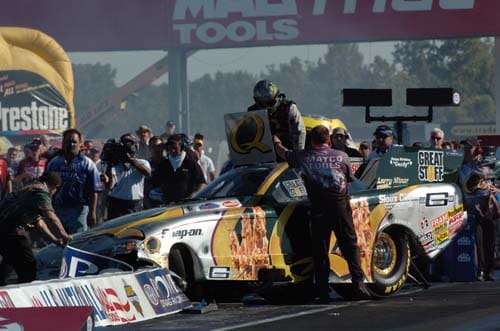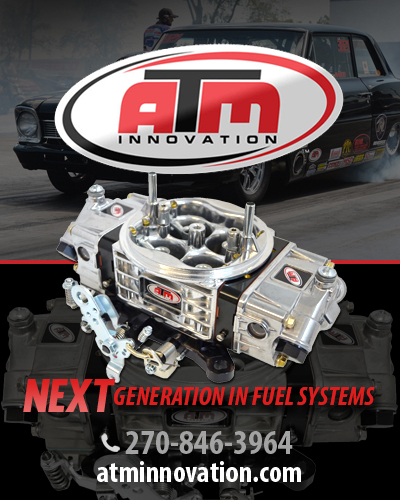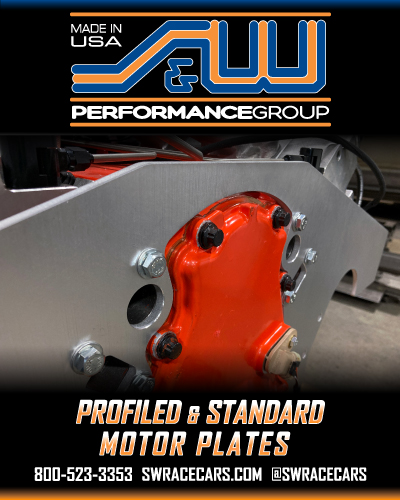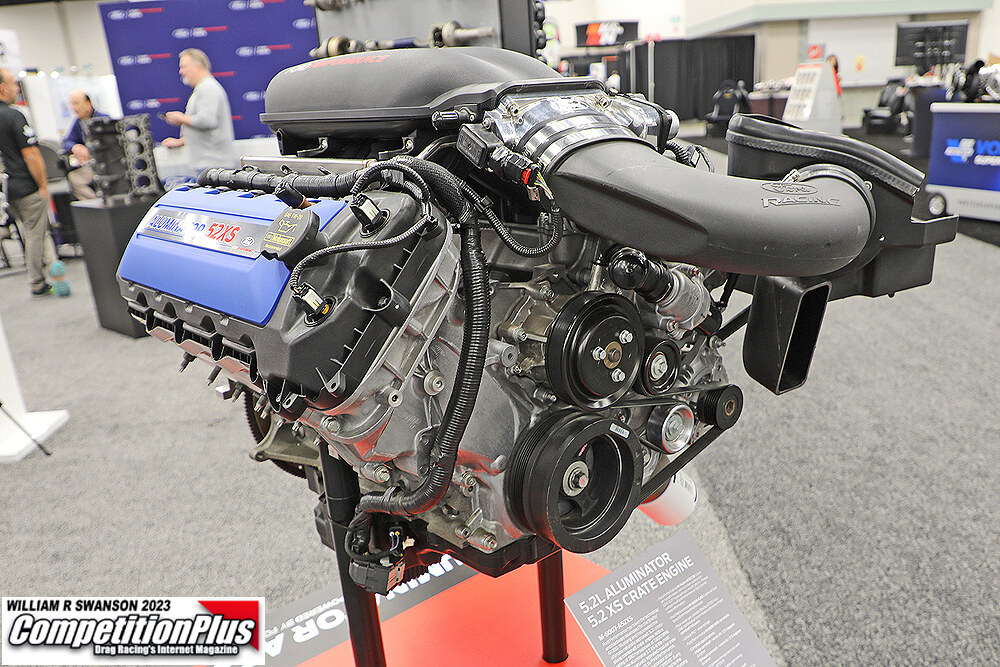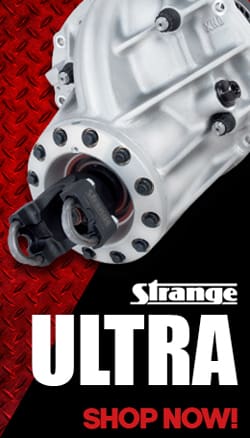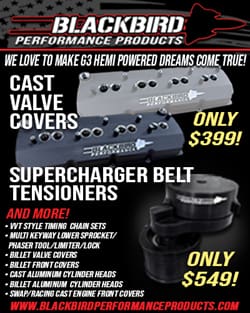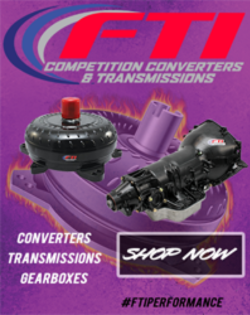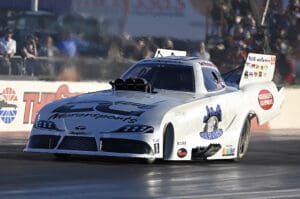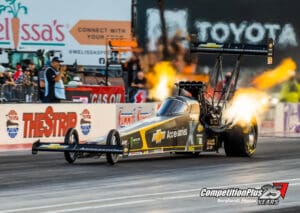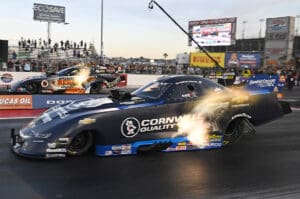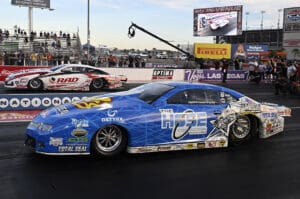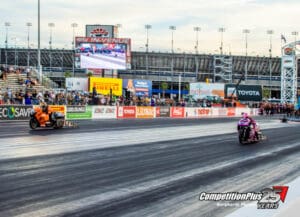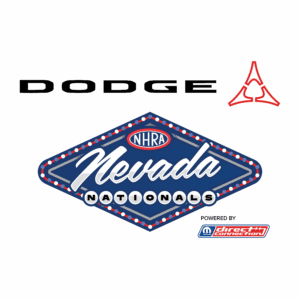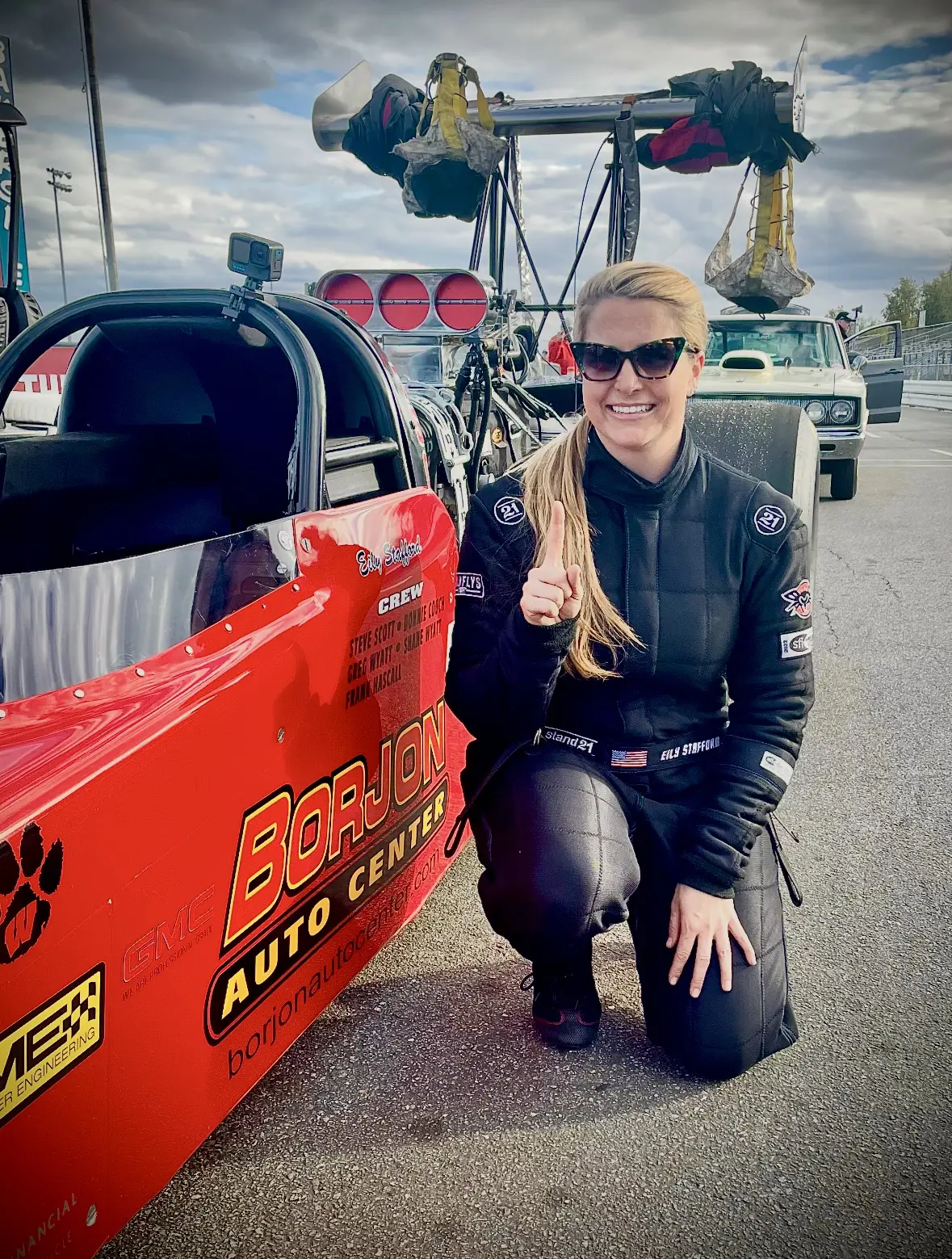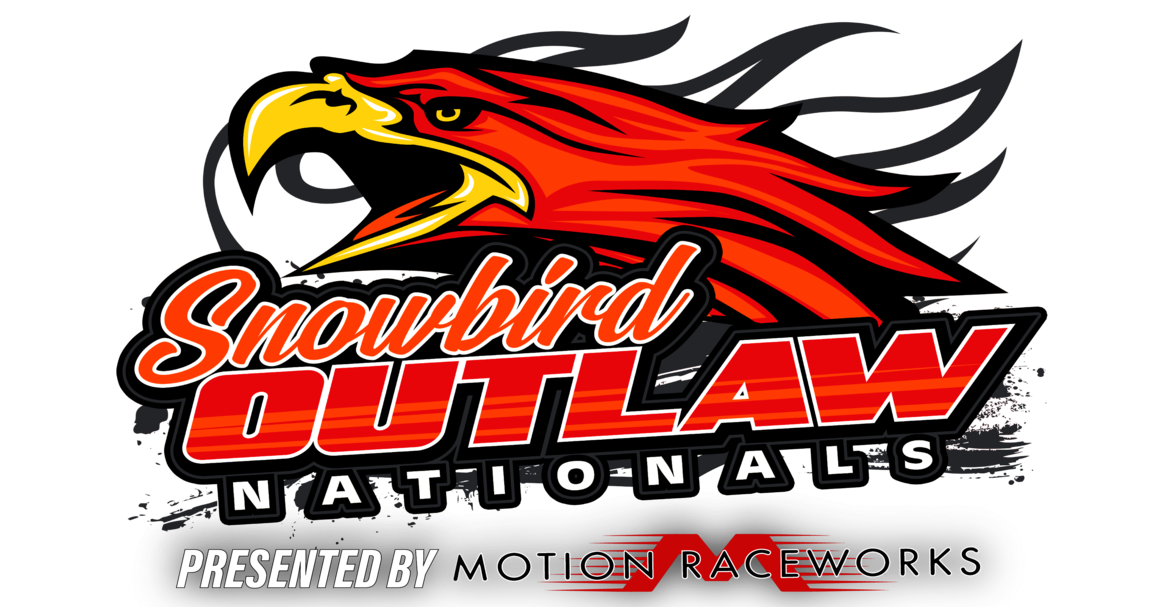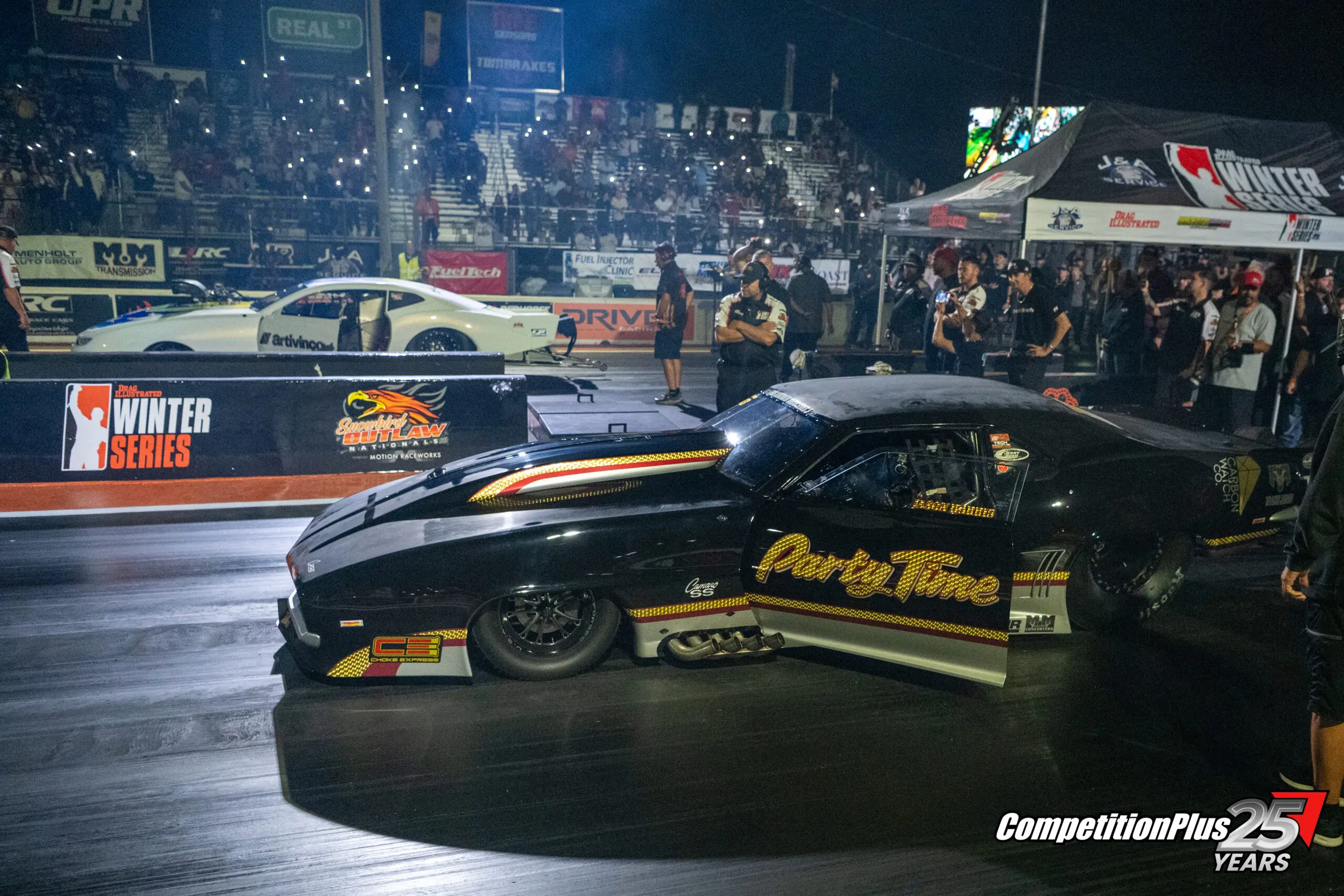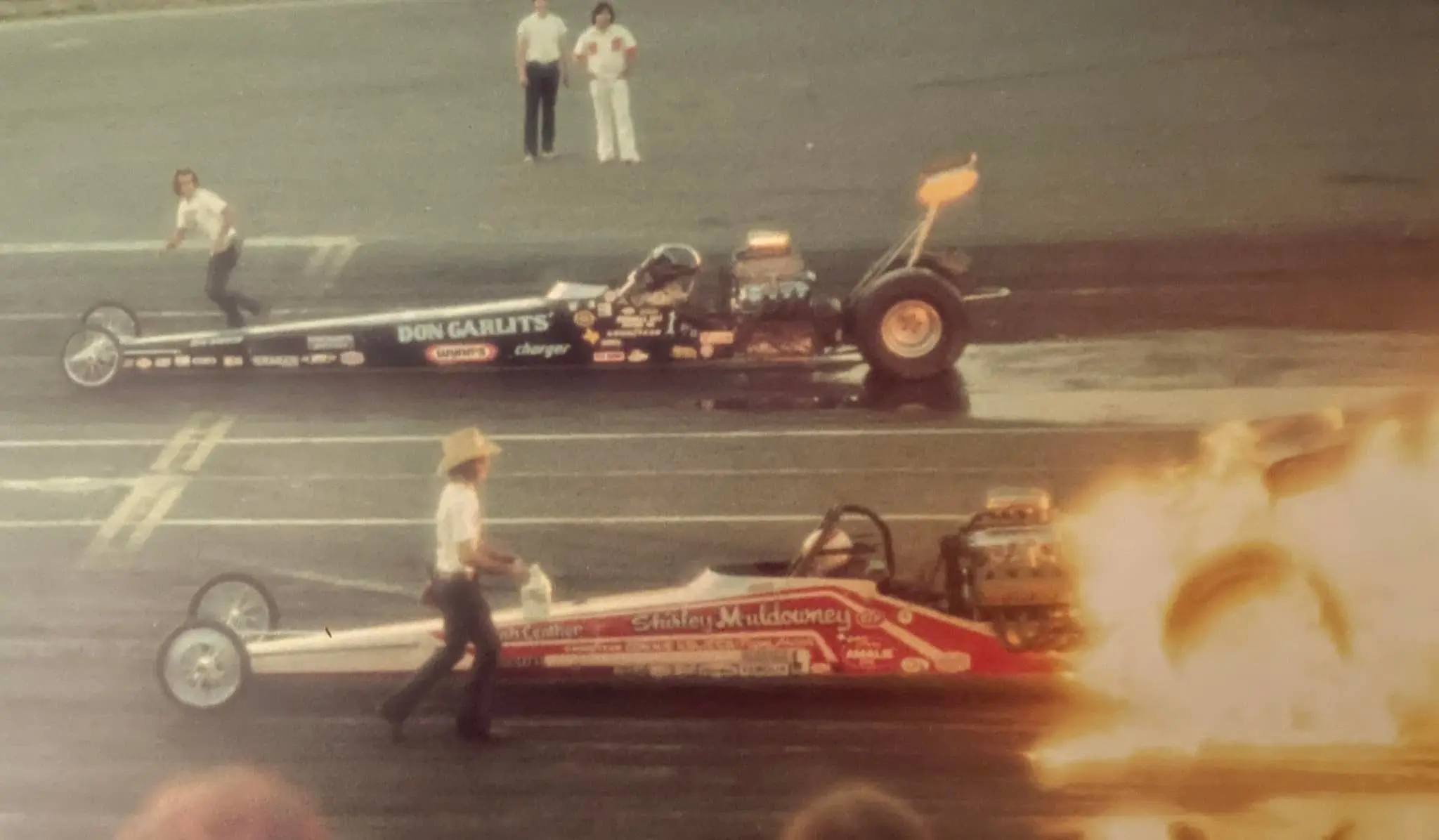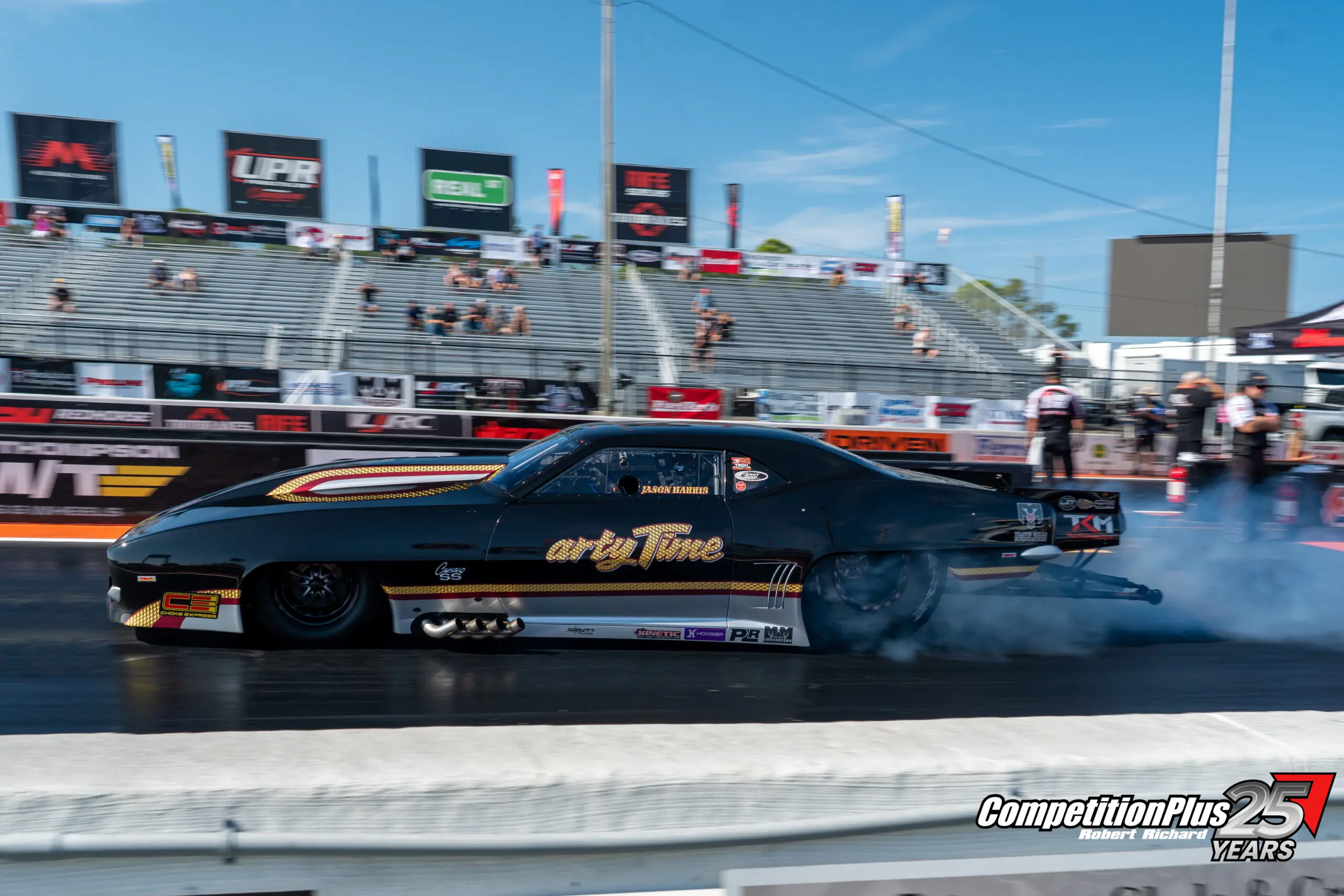For veteran Funny Car tuner Dickie Venables, one of the most valuable lessons in drag racing wasn’t about clutch settings, horsepower, or fuel delivery. It was about survival on the starting line.
Venables, a multiple-time championship-winning crew chief, has spent more than three decades at the forefront of the sport. Along the way, he learned that the starting line — the epicenter of preparation and competition — can turn from routine to catastrophic in an instant.
“It’s a dangerous place,” Venables said. “That’s why they restrict the access up there just for safety reasons. I have a rule where I never turn my back on these cars up there because you don’t know. We can get run over, whatever. Things can happen. So you just got to pay attention up there. Things can happen pretty quick.”
The rule came from a harrowing moment that nearly cost Venables his life. At the 2005 U.S. Nationals in Indianapolis, Venables was working as crew chief for Tony Pedregon when a throttle hung open and the Funny Car suddenly lurched forward under power.
“I had an incident in 2005 with Tony Pedregon’s car,” Venables said. “It lurched forward when we went to raise the body up, and the headers went by me. I was beside the car, and it literally blew my pants clear off. I was standing there in my underwear on the starting line at the U.S. Nationals. It is what it is. It wasn’t a good day, but it’s just a reminder of how much you got to pay attention up there. No matter how long you’ve been around it, s*** can happen.”
The force of the exhaust left Venables with severe burns to his legs, injuries that required a long and painful recovery. “The worst thing was I had first, second, and third degree burns on my legs,” he said. “So that took me months to get over that. I had to go to Methodist Hospital two or three times a week. I call it acid dip, where they put people who have been burned down in this big wash tank.”
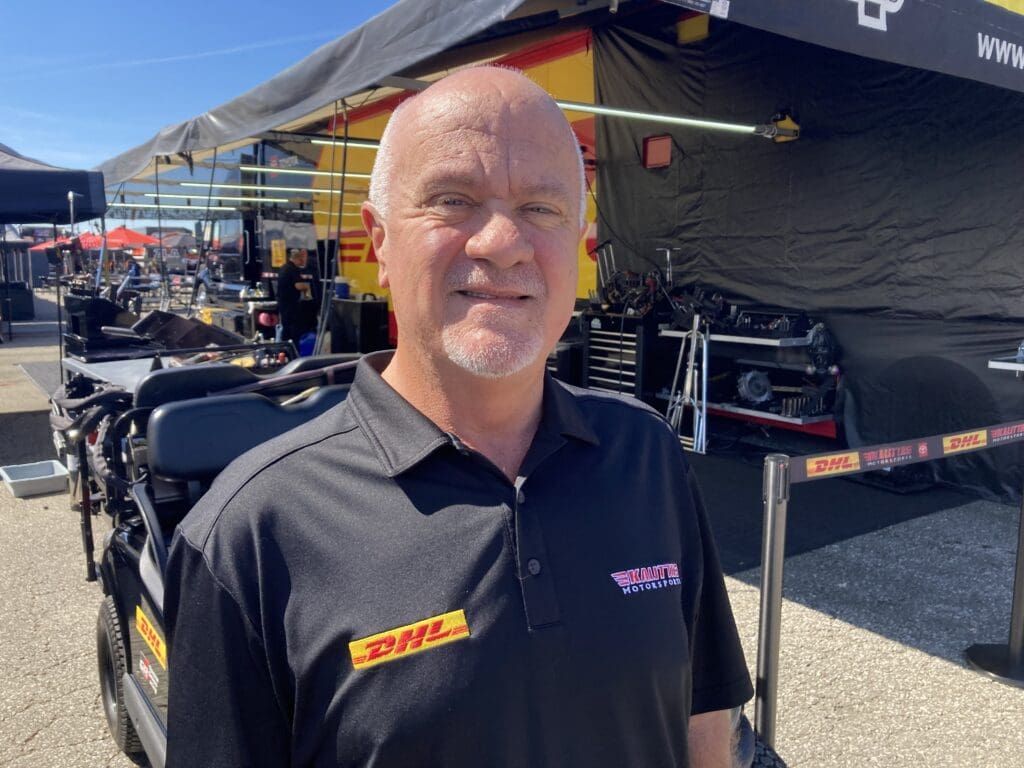
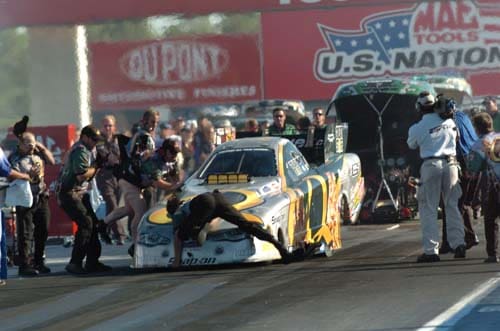
The process was grueling, he admitted. “It wasn’t any fun, but it came out fine,” Venables said. “I didn’t end up with any scars or anything.”
For a man who has tuned some of the quickest and fastest Funny Cars in history, the lesson he carried forward had nothing to do with performance numbers. Instead, it reinforced the need for vigilance every time a nitro car is fired on the starting line.
“Don’t turn your back on any car that’s running and pay attention,” Venables said.
The incident didn’t slow his career. Venables went on to help Matt Hagan to multiple NHRA Funny Car championships with Don Schumacher Racing, building a reputation as an aggressive tuner unafraid to push combinations to their limits. His moves often earned him comparisons to his former mentor Austin Coil, who guided John Force Racing through its dynastic run.
But behind the aggressive reputation was a crew chief who understood the razor-thin line between performance and peril. The Pedregon incident, he said, ensured he never forgot how dangerous the workplace could be.
On a typical race weekend, Venables oversees a crew working in tightly choreographed precision around a nitro Funny Car. Crew members swarm to make adjustments, lift the body, and prepare for launch as the car idles at more than 2,500 horsepower. The margin for error is thin, and Venables said the chaos can disguise how quickly things can go wrong.
“Even if you’ve been around it for years, you have to remind yourself how fast something can happen,” he said. “That car doesn’t care if you’re
standing there. If it goes, it’s going.”
The images of that 2005 U.S. Nationals moment still resonate with fans who remember seeing Venables walk away, shaken but alive, as his clothing lay shredded on the racetrack. For Venables, the memories are a reminder of the job’s reality.
“I guess it could be an embarrassing moment, but it could be a lesson to anybody that being on the starting line is not safe,” he said.
Two decades later, Venables remains a respected fixture in the NHRA Funny Car ranks, now guiding J.R. Todd’s Kalitta Motorsports team. The experience he carries is measured not just in championships, but also in scars avoided — thanks to lessons learned the hard way.
“You would like to think that every time you go up there, nothing will happen,” Venables said. “But I know better. Pay attention. Don’t ever turn your back.”





